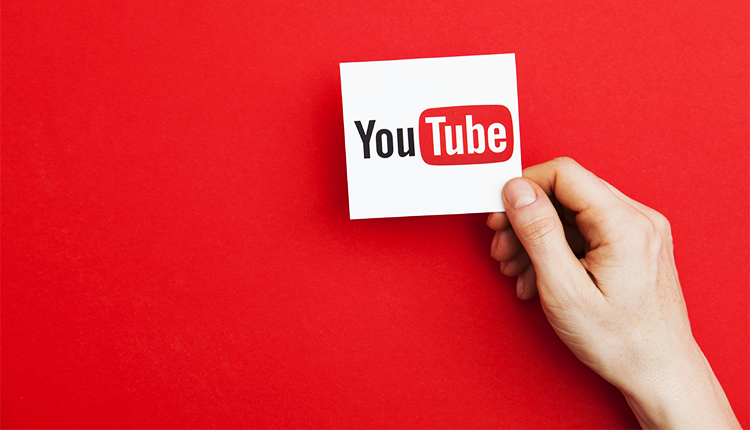The European Court of Justice (ECJ) on Tuesday ruled that Google’s YouTube and online platforms shouldn’t be held liable for copyright-infringing uploads in certain cases.
As of 2021 Online platforms do not, in principle, themselves make a communication to the public of copyright-protected content illegally posted online by users of those platforms. But, YouTube as well as other online platforms could still beliable in other cases. A company could face problems if it has specific knowledge that protected content is available illegally on its platform. This company must delete the content or block access to it according to the European Court of Justice.
The European Union recently introduced copyright reforms aimed at making its rules fit for the digital age. More specifically, one part of the law which drew significant controversy at the time meant that YouTube and other platforms would have to install filters to block customers from sharing copyrighted content.
The ECJ’s ruling focuses on old copyright rules in the European Union. The case arose from a lawsuit filed by music producer Frank Peterson against YouTube.
The court’s decision is great news for YouTube and other content-sharing sites. YouTube and others have long tussled with artists and musicians over how to compensate them fairly for their materials. It paid more than $4 billion to the music industry over the past 12 years. A significant part of that sum, in fact came from monetized videos. On Tuesday, the company’s spokesperson stated that YouTube is a leader in copyright and supports rights holders. The company invested in state-of-the-art copyright tools which created a new revenue stream for the industry.
YouTube and artists
The company clamped down on copyright violations over the years. YouTube’s move angered some popular creators. Tensions over YouTube’s decisions escalated last year. The company increasingly automated content moderation to deal with issues created by the Covid-19 pandemic.
YouTube’s automated systems began to remove some content without human review. The company was using machine learning technology to flag potentially harmful content and which was then sent to moderators. However, due to the pandemic, the company made the decision to rely more on technology than on people. Automated technology also has its disadvantages.
Lastly, in 2020, the company tried to reduce the number of problems caused by the technologies. The company decided to adopt a more liberal approach regarding copyright violations.















